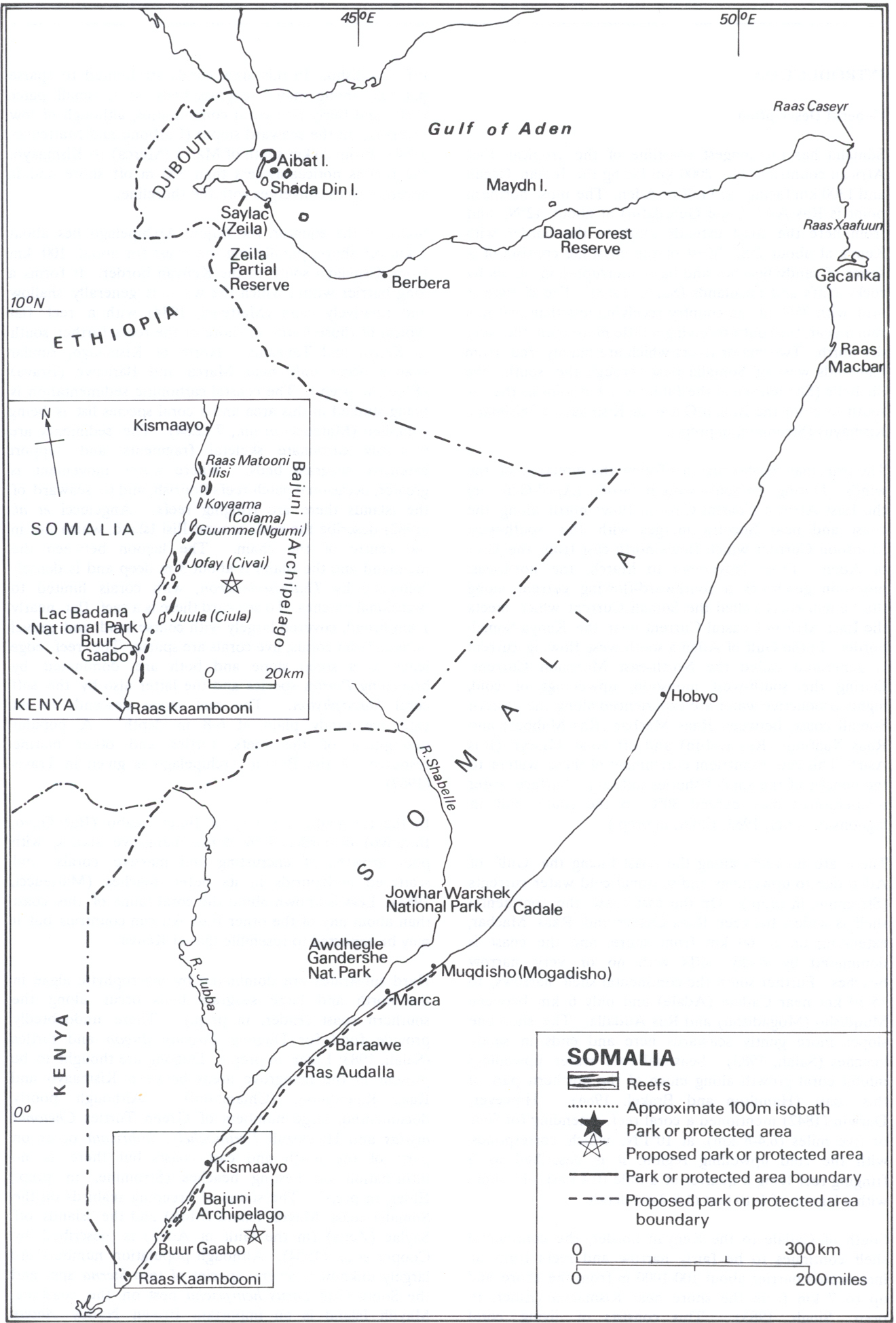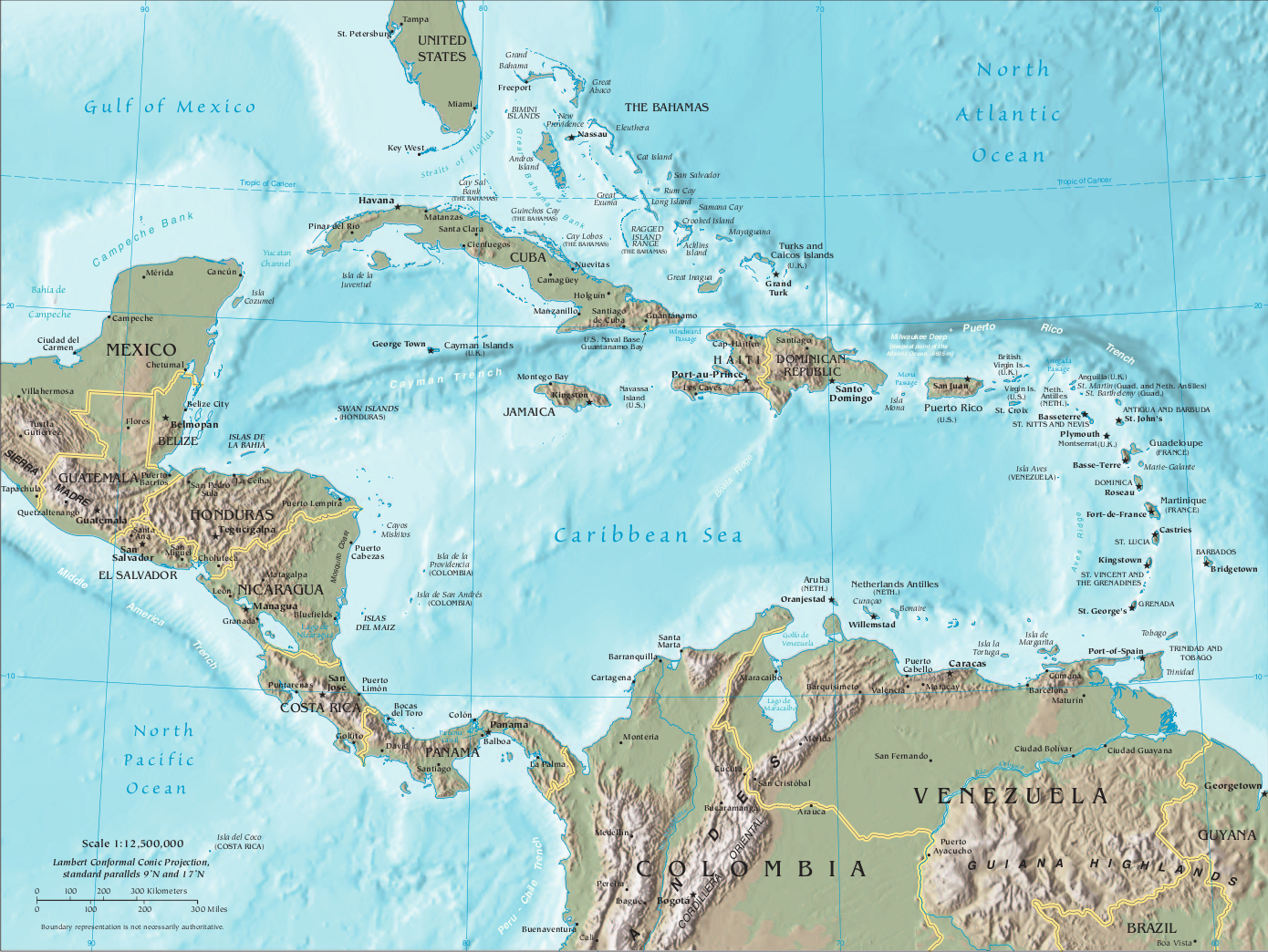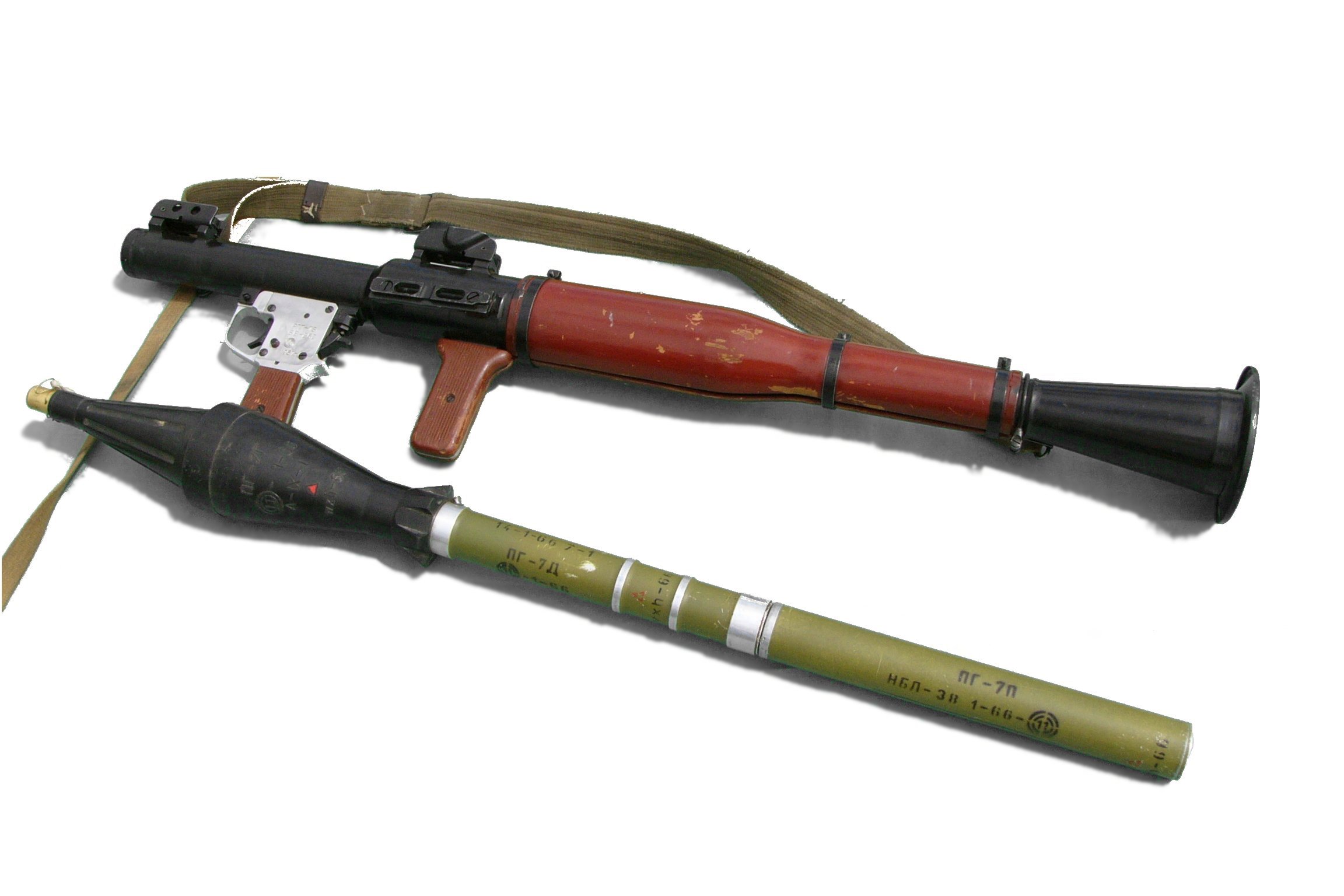|
Beluga Nomination Incident
The MV ''Beluga Nomination'' incident was the capture and attempted liberation of a German freighter from Somali pirates by the Seychelles Coast Guard and Royal Danish Navy in January 2011. A few days after the taking of MV ''Beluga Nomination'', a Seychelles patrol boat and a Danish flexible support ship, , encountered the pirates and engaged in a failed rescue operation. Incident MV ''Beluga Nomination'' is a multipurpose heavy lift project carrier of Beluga Shipping and was on a commercial voyage from Malta to the South Korean port of Masan, stopping at the Point Victoria in the Seychelles during the passage through the Indian Ocean. Her crew consisted of twelve men with a Polish captain, two Ukrainian, two Russian and seven Filipino sailors. The incident began on 22 January when pirates in a single skiff, from the mother ship , attacked ''Beluga Nomination'' while she was sailing approximately north of the Seychelles Islands. Automatic weapons fire erupted when the Somal ... [...More Info...] [...Related Items...] OR: [Wikipedia] [Google] [Baidu] |
Piracy In Somalia
Piracy off the coast of Somalia occurs in the Gulf of Aden, Guardafui Channel and Somali Sea, in Somali territorial waters and other surrounding areas and has a long and troubled history with different perspectives from different communities. It was initially a threat to international fishing vessels, expanding to international shipping since the Consolidation of states within Somalia (1998–2006), consolidation of states phase of the Somali Civil War around 2000. Somali waters have high fisheries production potential, but the sustainability of those fisheries is compromised by the presence of foreign fishing vessels, many of them fishing illegally. The Somali domestic fishing sector is small and poorly developed, whereas foreign vessels have fished in Somali waters for at least seven decades. Some foreign vessels and their crew have been viewed by Somali artisanal fishers as a threat to their traditional livelihoods. Many foreign vessels directly compete for fish, reducing fis ... [...More Info...] [...Related Items...] OR: [Wikipedia] [Google] [Baidu] |
Philippines
The Philippines (; fil, Pilipinas, links=no), officially the Republic of the Philippines ( fil, Republika ng Pilipinas, links=no), * bik, Republika kan Filipinas * ceb, Republika sa Pilipinas * cbk, República de Filipinas * hil, Republika sang Filipinas * ibg, Republika nat Filipinas * ilo, Republika ti Filipinas * ivv, Republika nu Filipinas * pam, Republika ning Filipinas * krj, Republika kang Pilipinas * mdh, Republika nu Pilipinas * mrw, Republika a Pilipinas * pag, Republika na Filipinas * xsb, Republika nin Pilipinas * sgd, Republika nan Pilipinas * tgl, Republika ng Pilipinas * tsg, Republika sin Pilipinas * war, Republika han Pilipinas * yka, Republika si Pilipinas In the recognized optional languages of the Philippines: * es, República de las Filipinas * ar, جمهورية الفلبين, Jumhūriyyat al-Filibbīn is an archipelagic country in Southeast Asia. It is situated in the western Pacific Ocean and consists of around 7,641 islands t ... [...More Info...] [...Related Items...] OR: [Wikipedia] [Google] [Baidu] |
Piracy In The Caribbean
]The era of piracy in the Caribbean began in the 1500s and phased out in the 1830s after the navies of the nations of Western Europe and North America with colonies in the Caribbean began combating pirates. The period during which pirates were most successful was from the 1660s to 1730s. Piracy flourished in the Caribbean because of the existence of pirate seaports such as Port Royal in Jamaica,Campo-Flores/ Arian, "Yar, Mate! Swashbuckler Tours!," Newsweek 180, no. 6 (2002): 58. Tortuga in Haiti, and Nassau in the Bahamas.Smith, Simon. "Piracy in early British America." History Today 46, no. 5 (May 1996): 29. Piracy in the Caribbean was part of a larger historical phenomenon of piracy, as it existed close to major trade and exploration routes in almost all the five oceans. Causes Pirates were often former sailors experienced in naval warfare. In the 16th century, pirate captains recruited seamen to loot European merchant ships, especially the Spanish treasure fleets sai ... [...More Info...] [...Related Items...] OR: [Wikipedia] [Google] [Baidu] |
List Of Ships Attacked By Somali Pirates In 2011
Somali pirates have threatened international shipping with piracy since the beginning of the Somali Civil War in the early 1990s. This list documents those ships attacked in 2011: for other years, see List of ships attacked by Somali pirates Piracy off the coast of Somalia has been a threat to international shipping since the beginning of the Somali Civil War in the early 1990s. Since 2005, many international organizations have expressed concern over the rise in acts of piracy. Pirac .... January February March April May August September November External links *European Union Naval Force-SomaliaKey Facts and Figures References {{DEFAULTSORT:Ships Attacked By Somali Pirates In 2011 Piracy in Somalia * 2011 in Somalia Somalia transport-related lists 2011-related lists ... [...More Info...] [...Related Items...] OR: [Wikipedia] [Google] [Baidu] |
Ransom
Ransom is the practice of holding a prisoner or item to extort money or property to secure their release, or the sum of money involved in such a practice. When ransom means "payment", the word comes via Old French ''rançon'' from Latin ''redemptio'' = "buying back": compare " redemption". Ransom cases Julius Caesar was captured by pirates near the island of Pharmacusa, and held until someone paid 50 talents to free him. In Europe during the Middle Ages, ransom became an important custom of chivalric warfare. An important knight, especially nobility or royalty, was worth a significant sum of money if captured, but nothing if he was killed. For this reason, the practice of ransom contributed to the development of heraldry, which allowed knights to advertise their identities, and by implication their ransom value, and made them less likely to be killed out of hand. Examples include Richard the Lion Heart and Bertrand du Guesclin. In 1532, Francisco Pizarro was paid a rans ... [...More Info...] [...Related Items...] OR: [Wikipedia] [Google] [Baidu] |
Lifeboat (rescue)
A rescue lifeboat is a boat rescue craft which is used to attend a vessel in distress, or its survivors, to rescue crew and passengers. It can be hand pulled, sail powered or powered by an engine. Lifeboats may be rigid, inflatable or rigid-inflatable combination-hulled vessels. Overview There are generally three types of boat, in-land (used on lakes and rivers), in-shore (used closer to shore) and off-shore (into deeper waters and further out to sea). A rescue lifeboat is a boat designed with specialised features for searching for, rescuing and saving the lives of people in peril at sea or in estuaries. In the United Kingdom and Ireland rescue lifeboats are typically vessels crewed by volunteers, intended for quick dispatch, launch and transit to reach a ship or individuals in trouble at sea. Off-shore boats are referred to as 'All-weather' and generally have a range of 150–250 nautical miles. Characteristics such as capability to withstand heavy weather, fuel capacity, navi ... [...More Info...] [...Related Items...] OR: [Wikipedia] [Google] [Baidu] |
Rocket-propelled Grenade
A rocket-propelled grenade (RPG) is a shoulder-fired missile weapon that launches rockets equipped with an explosive warhead. Most RPGs can be carried by an individual soldier, and are frequently used as anti-tank weapons. These warheads are affixed to a rocket motor which propels the RPG towards the target and they are stabilized in flight with fins. Some types of RPG are reloadable with new rocket-propelled grenades, while others are single-use. RPGs are generally loaded from the front. RPGs with high-explosive anti-tank (HEAT) warheads are very effective against lightly armored vehicles such as armored personnel carriers (APCs) and armored cars. However, modern, heavily-armored vehicles, such as upgraded APCs and main battle tanks, are generally too well-protected (with thick composite or reactive armor) to be penetrated by an RPG, unless less armored sections of the vehicle are exploited. Various warheads are also capable of causing secondary damage to vulnerable systems ... [...More Info...] [...Related Items...] OR: [Wikipedia] [Google] [Baidu] |
Small Arms
A firearm is any type of gun designed to be readily carried and used by an individual. The term is legally defined further in different countries (see Legal definitions). The first firearms originated in 10th-century China, when bamboo tubes containing gunpowder and pellet projectiles were mounted on spears to make the portable fire lance, operable by a single person, which was later used effectively as a shock weapon in the Siege of De'an in 1132. In the 13th century, fire lance barrels were replaced with metal tubes and transformed into the metal-barreled hand cannon. The technology gradually spread throughout Eurasia during the 14th century. Older firearms typically used black powder as a propellant, but modern firearms use smokeless powder or other propellants. Most modern firearms (with the notable exception of smoothbore shotguns) have rifled barrels to impart spin to the projectile for improved flight stability. Modern firearms can be described by their caliber (i.e ... [...More Info...] [...Related Items...] OR: [Wikipedia] [Google] [Baidu] |
Naval Gun
Naval artillery is artillery mounted on a warship, originally used only for naval warfare and then subsequently used for naval gunfire support, shore bombardment and anti-aircraft roles. The term generally refers to tube-launched projectile-firing weapons and excludes self-propelled projectiles such as torpedoes, rockets, and missiles and those simply dropped overboard such as depth charges and naval mines. Origins The idea of ship-borne artillery dates back to the classical era. Julius Caesar indicates the use of ship-borne catapults against Britons ashore in his ''Commentarii de Bello Gallico''. The dromons of the Byzantine Empire carried catapults and Greek fire, fire-throwers. From the late Middle Ages onwards, warships began to carry cannon, cannons of various calibres. The Mongol invasion of Java introduced cannons to be used in naval warfare (e.g. Cetbang by the Majapahit). The Battle of Arnemuiden, fought between England and France in 1338 at the start of the Hundred Y ... [...More Info...] [...Related Items...] OR: [Wikipedia] [Google] [Baidu] |
Boarding (attack)
Naval boarding action is an offensive tactic used in naval warfare to come up against (or alongside) an enemy marine vessel and attack by inserting combatants aboard that vessel. The goal of boarding is to invade and overrun the enemy personnel on board in order to capture, sabotage or destroy the enemy vessel. While boarding attacks were originally carried out by ordinary sailors who are proficient in hand-to-hand combat, larger warships often deploy specially trained and equipped regular troops such as marines and special forces as boarders. Boarding and close quarters combat had been a primary means to conclude a naval battle since antiquity, until the early modern period when heavy naval guns gained tactical primacy at sea. A cutting out boarding is an attack by small boats, preferably at night and against an unsuspecting, and anchored, target. It became popular in the later 18th century, and was extensively used during the Napoleonic Wars. This heralded the empha ... [...More Info...] [...Related Items...] OR: [Wikipedia] [Google] [Baidu] |
Blowtorch
A blowtorch, also referred to as a blowlamp, is an ambient air fuel-burning gas lamp used for applying flame and heat to various applications, usually metalworking. Early blowtorches used liquid fuel, carried in a refillable reservoir attached to the lamp. This is distinct from modern gas-fueled torches burning fuel such as a butane torch or a propane torch. Their fuel reservoir is disposable or refillable by exchange. Liquid-fueled torches are pressurized by a piston hand pump, while gas torches are self-pressurized by the fuel evaporation. The term 'blowtorch' is commonly misused as a name for any metalworking torch but properly describes the pressurized liquid fuel torches that predate the common use of pressurized fuel gas cylinders. Torches are available in a vast range of size and output power. The term blowtorch applies to the obsolescent style of smaller liquid fuel torches. Blowtorches are typically a single hand-held unit, with their draught supplied by a natural dra ... [...More Info...] [...Related Items...] OR: [Wikipedia] [Google] [Baidu] |
Citadel
A citadel is the core fortified area of a town or city. It may be a castle, fortress, or fortified center. The term is a diminutive of "city", meaning "little city", because it is a smaller part of the city of which it is the defensive core. In a fortification with bastions, the citadel is the strongest part of the system, sometimes well inside the outer walls and bastions, but often forming part of the outer wall for the sake of economy. It is positioned to be the last line of defence, should the enemy breach the other components of the fortification system. The functions of the police and the army, as well as the army barracks were developed in the citadel. History 3300–1300 BC Some of the oldest known structures which have served as citadels were built by the Indus Valley civilisation, where citadels represented a centralised authority. Citadels in Indus Valley were almost 12 meters tall. The purpose of these structures, however, remains debated. Though the structures foun ... [...More Info...] [...Related Items...] OR: [Wikipedia] [Google] [Baidu] |






.jpg)
.jpg)